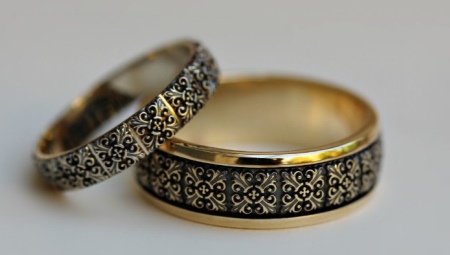Blackened gold is one of the most relevant trends in modern jewelry design. You can achieve the original color of the precious product even at home.
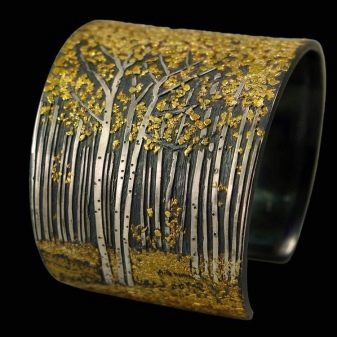
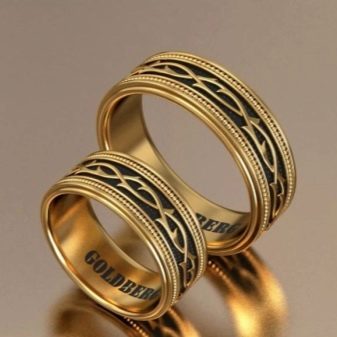
What it is?
Pure gold always has a yellow color, so any other shade is obtained only artificially.
This can be either the addition of other elements to the alloy or the use of a complex dye.
Gold is blackened in three ways.
- The product may be coated with a rhodium layer.
- Blackened gold is obtained when cobalt, sulfur and chrome are added to the ligature.
- Finally, the use of amorphous carbon can help.
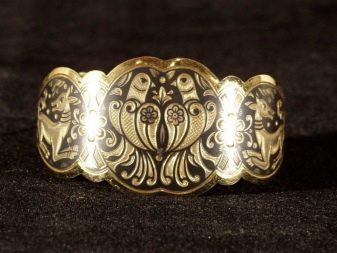
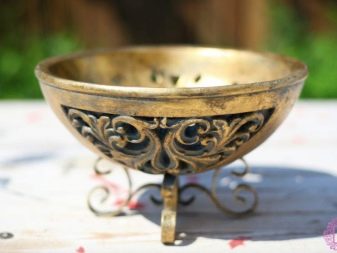
Durable cobalt has a silver color with a yellow or blue tint, and chrome is painted either black or blue. Sulfur in this case, it plays the role of additional material capable of creating compounds with other elements. After enriching the ligature with these materials, the alloy acquires not only a saturated dark shade, but also greater strength.
The black gold alloy contains 75% gold, 15% cobalt and 10% chromium.
After creating the alloy and giving it the desired shape, the object must be oxidized at high temperatures. It is after the final stage that the deep dark color of the metal forms.
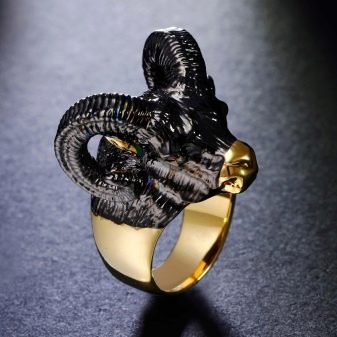
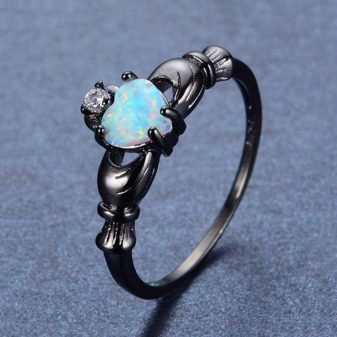
The rhodium plating process is called rhodium. Upon completion, the surface is covered with a protective film that has the desired shade. A similar effect occurs when the metal is coated with a film of amorphous carbon.
Rhodium is often used in the manufacture of precious jewelry, as the master is able to vary the saturation of the shade and so choose from a fairly wide palette of colors, from gray to purple.
Blacking of gold, mainly rhodium, gives the product not only an original appearance, but also increases its wear resistance. The metal becomes more ductile, does not oxidize and better resists the action of reagents and negative external factors.
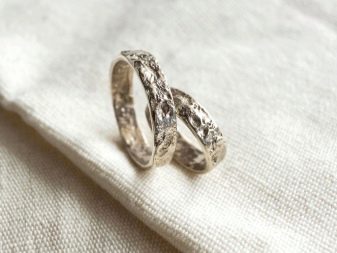

Blackened gold can turn out to be of almost any color, from light gray to saturated black. The most striking "classic" color is obtained using laser processing. Adding chromium, cobalt or sulfur will change the color to brown or bluish.
I must say that in the jewelry industry, with the help of blackening, it is customary to create an emphasis on the most unusual part of jewelry or use it to mask joints, joints and imperfections of work.
Sometimes mobile is used simply to extend the life of the product, as the coating is water-repellent and resistant to rust.
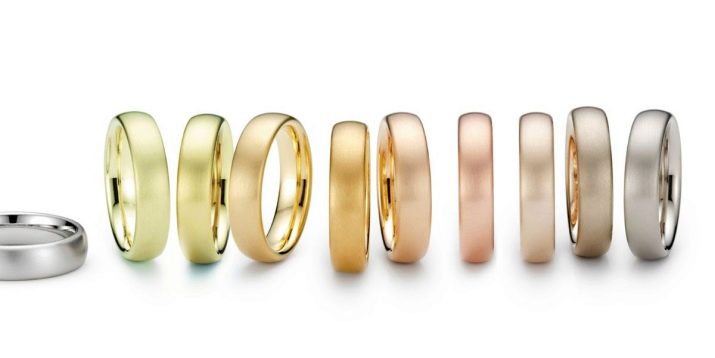
In addition to the above advantages of black gold, we can add that such a precious metal is absolutely safe for health and is hypoallergenic.
However, spectacular-looking products also have a number of disadvantages. Black gold is quite expensive, but in most cases it is impossible to turn it over to a pawnshop. Scratches and other damage to the surface look much more noticeable than on yellow or white metals. Finally, so far, such a product is quite difficult to find in jewelry stores due to limited selection.
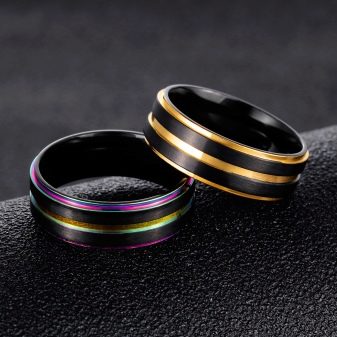
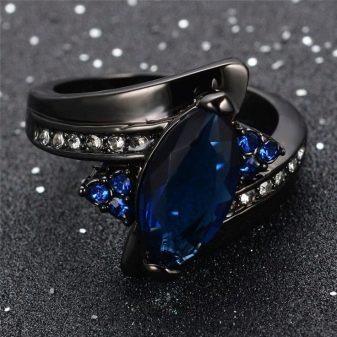
Technology
At home, as a rule, not full blackening of the decoration is carried out, but only the accentuation of the previously applied image. In this case, the process begins with the preparation of the product - it is not only washed, but immediately polished and sanded. If this is a new piece of jewelry that has just left the jeweler’s hands, then this stage can be skipped. An image is created on the cleaned surface so that the line depth is at least 0.3 millimeters. You can do this in many ways, for example, mint, engrave or stamp the pattern.
The prepared mixture will be applied precisely on the created depressions in one of two ways: wet or dry.
In the first case the ink powder is slightly moistened with water, after which the image is applied over the entire area. When the liquid evaporates, the object will need to be placed in the oven, due to which the process of melting the substance will begin. Thanks to heat treatment, the mixture will be distributed over the entire surface.
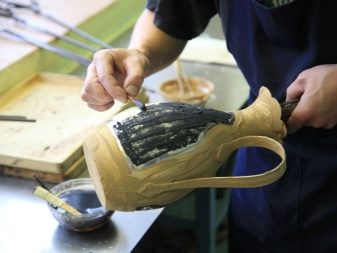
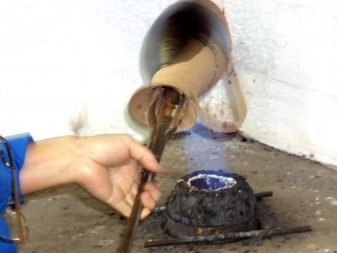
When choosing a dry method the product will first have to be treated with a special liquid, and then sprinkled with finely ground blackening preparation. After drying, the item is also sent to the oven for heat treatment.
In both cases, the work is completed by stripping with a file or using the scraping method. The composition of the powder, which is used for blackening, is always combined from the main and additional components. The main ones are sulfides of copper, lead, and silver, and bismuth, borax, and ammonium chloride are usually classified as additional ones.
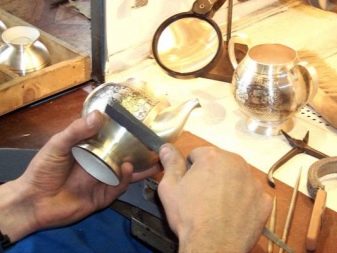
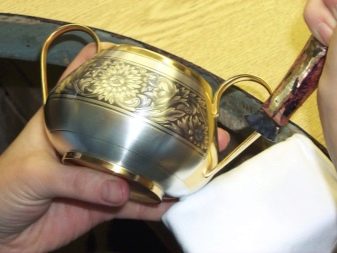
Preparing a mixture for metal processing, it is necessary to decide on the method of blackening - whether it will be Russian, Moscow or German. When choosing the Russian method, sulfur must be introduced portionwise into the main composition, and the mixture itself should not be poured into water, but onto a hot metal sheet. Grinding the substance and melting it with flux and sulfur, the black must be cooled.
Moscow technology requires separate preparation of mixtures of sulfur with lead, silver and copper. The working mixture is formed from all these compounds, taken in certain proportions.
Smelting, cooling and grinding are also required. Using German way lead is poured into a copper-silver alloy, after which everything combines with sulfur powder. The resulting working mixture is cooled in water and then ground.
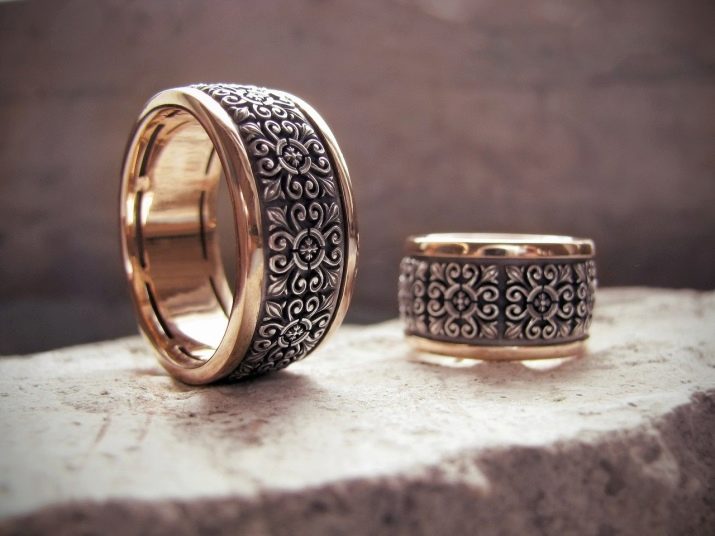
Where is it used?
The first thing that comes to mind when it comes to blackened gold is jewelry. This metal is actively used in jewelry, becoming the basis for rings, pendants, watches and other products. Very often, the material is used to create men's accessories.
Quite often, black gold is used for industrial production - for example, to create thin foil or parts of a microwave oven.
In addition, its use is possible. in the chemical and oil and gas industry, nanotechnology, telecommunications, space construction and other industries. Black metal has the advantage in welding and soil works. In mechanical engineering This material is indispensable for protecting the housing from corrosion and rust.


You can watch the process of rhodium gold at home in the next video.
